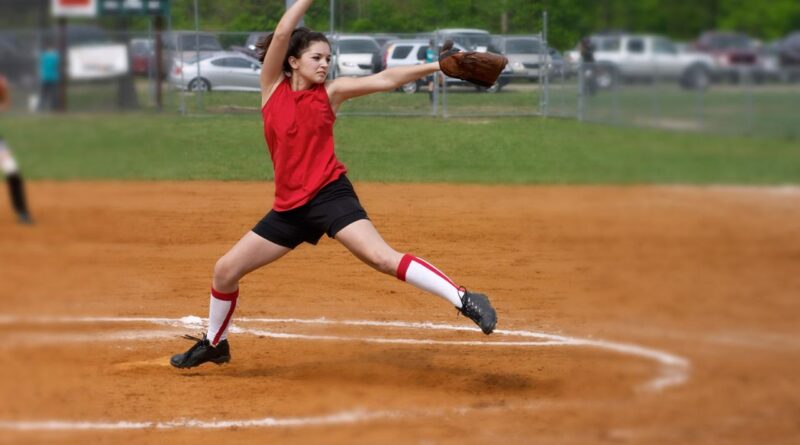Softball Pitching: A Comprehensive Guide

Softball Pitching: A Comprehensive Guide
Softball pitching is a crucial aspect of the game, requiring a combination of skill, technique, and athleticism. This comprehensive guide will delve into the intricacies of softball pitching, covering everything from grip and stance to advanced techniques and strategies.
Grip and Stance
Grip:
- Fastball Grip: Place your index and middle fingers across the seams, with your thumb underneath the ball.
- Changeup Grip: Hold the ball with your index and middle fingers on the sides, and your thumb on top.
- Curveball Grip: Position your index finger on the top seam, your middle finger on the side seam, and your thumb on the bottom seam.
Stance:
- Windmill Stance: Stand with your feet shoulder-width apart, knees slightly bent, and your pitching arm extended behind you.
- Figure-8 Stance: Similar to the windmill stance, but with your feet crossed and your pitching arm extended in a figure-8 motion.
- Crossfire Stance: Stand with your feet crossed, your pitching arm extended across your body, and your non-pitching arm extended behind you.
Pitching Mechanics
Wind-Up:
- Begin by raising your pitching arm overhead, keeping your elbow high.
- Swing your arm down and back, keeping your wrist straight.
Delivery:
- As you swing your arm forward, rotate your hips and shoulders.
- Release the ball at the top of your swing, snapping your wrist downward.
- Follow through with your arm, extending it towards the target.
Types of Pitches
Fastball:
- The most common pitch, thrown with maximum velocity.
- Can be thrown straight or with a slight curve.
Changeup:
- A slower pitch that drops suddenly.
- Effective for deceiving batters and inducing ground balls.
Curveball:
- A pitch that breaks sharply downward.
- Can be thrown with different speeds and angles.
Riseball:
- A pitch that rises as it approaches the batter.
- Difficult to hit due to its unexpected trajectory.
Dropball:
- A pitch that drops sharply after release.
- Similar to a changeup, but with a more pronounced drop.
Advanced Techniques
Spin:
- Adding spin to a pitch can improve its movement and deception.
- Spin is created by rotating the ball with your fingers as you release it.
Location:
- Pitching to specific locations can make it difficult for batters to hit the ball.
- Aim for the corners of the strike zone or low and away.
Sequencing:
- Varying the types and locations of your pitches can keep batters off balance.
- Sequence pitches to set up batters for a strikeout or ground ball.
Strategies
Pitching to Different Batters:
- Consider the batter’s strengths and weaknesses when choosing pitches.
- Throw fastballs to power hitters, changeups to contact hitters, and curveballs to batters who struggle with breaking pitches.
Pitching in Different Situations:
- Adjust your pitching strategy based on the game situation.
- Throw more fastballs with runners on base to prevent stolen bases.
- Use changeups and curveballs to get out of jams.
Mental Game:
- Stay focused and composed on the mound.
- Trust your abilities and don’t let mistakes affect your confidence.
- Communicate effectively with your catcher to develop a game plan.
Training and Development
Physical Training:
- Develop strong legs, core, and shoulders for pitching power.
- Incorporate plyometric exercises to improve explosiveness.
- Practice pitching drills to improve mechanics and accuracy.
Mental Training:
- Visualize successful pitching performances.
- Practice mindfulness techniques to stay calm and focused.
- Seek feedback from coaches and teammates to identify areas for improvement.
Conclusion
Softball pitching is a complex and demanding skill that requires a combination of physical ability, technical proficiency, and strategic thinking. By understanding the fundamentals of grip, stance, mechanics, and advanced techniques, pitchers can develop their skills and become effective on the mound. With consistent training and a strong mental game, pitchers can master the art of softball pitching and contribute to their team’s success.
5 Best Softball Pitching Products to Enhance Your Game
Pitching is a crucial aspect of softball, and having the right equipment can make a significant difference in your performance. Here are five top-rated products that can help you improve your pitching skills:
1. Softball Pitching Machine
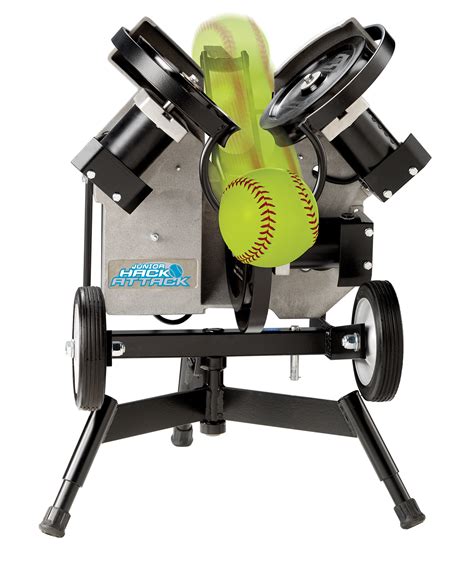
A pitching machine allows you to practice your swing without the need for a live pitcher. It provides consistent pitches at various speeds and locations, helping you develop your timing and accuracy.
2. Pitching Net
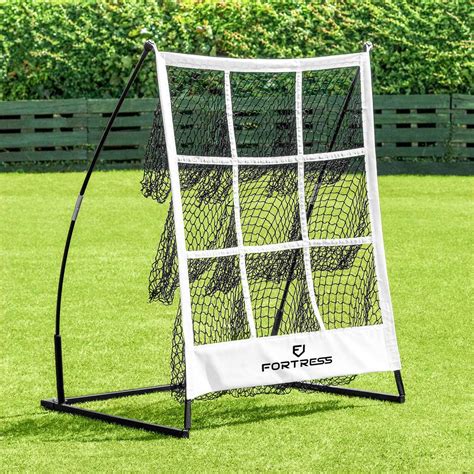
A pitching net is essential for practicing your pitches and receiving feedback. It provides a safe and controlled environment to work on your form and technique.
3. Pitching Target
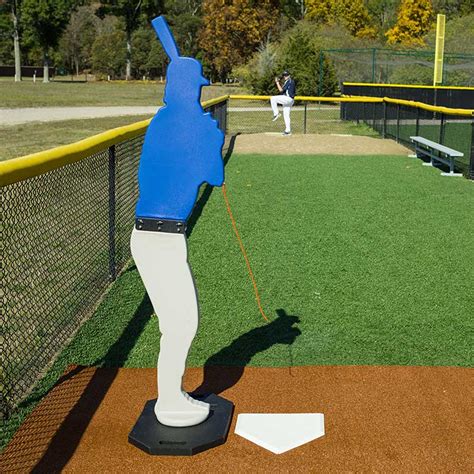
A pitching target helps you focus your pitches and improve your accuracy. It can be placed at different distances and heights to challenge your skills.
4. Pitching Arm Sleeve
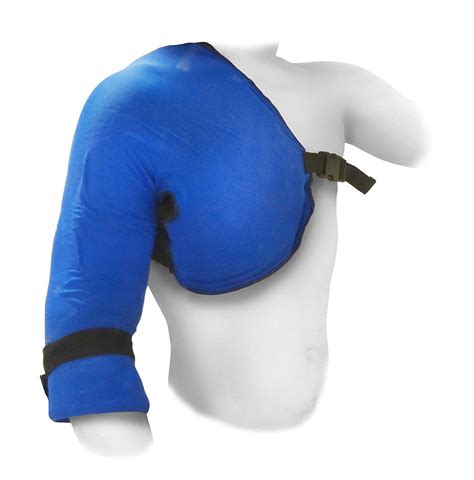
A pitching arm sleeve provides support and compression to your pitching arm, reducing fatigue and improving circulation. It can help prevent injuries and enhance your performance.
5. Pitching Grip Enhancer

A pitching grip enhancer improves your grip on the ball, giving you more control and accuracy. It can also reduce blisters and discomfort during pitching sessions.
